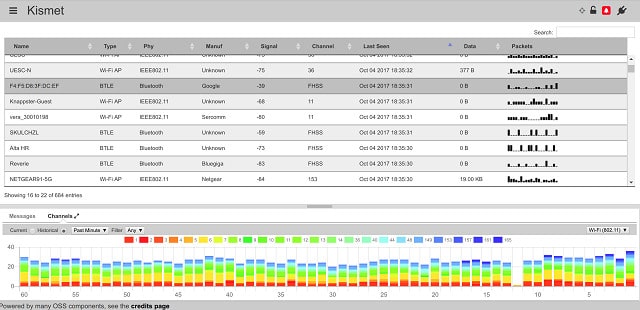
Once the message returns to the source, the ping command displays a success message as well as the Round Trip Time (RTT).

If the destination is available and is allowed to respond, then it replies with an ICMP Echo Reply. When you issue a ping command, the source sends an ICMP Echo Request to the destination. Ping uses two ICMP message types: type 8 (Echo Request) and type 0 (Echo Reply). ICMP was designed to be an error reporting protocol and has a wide variety of uses that we won't go into here. It does this using a protocol known as ICMP, or Internet Control Message Protocol. If the host is, in fact, there, ping returns a "yup, I'm here" message. Simply put, ping sends an "are you there?" message to a remote host. The ping command is one of the most well-known tools available.



 0 kommentar(er)
0 kommentar(er)
